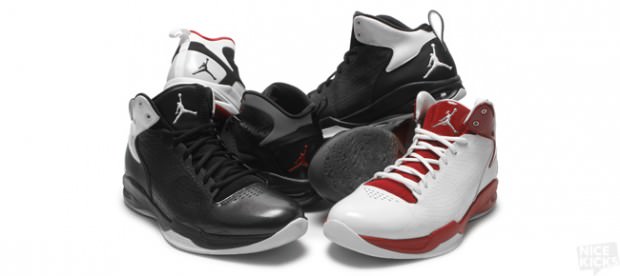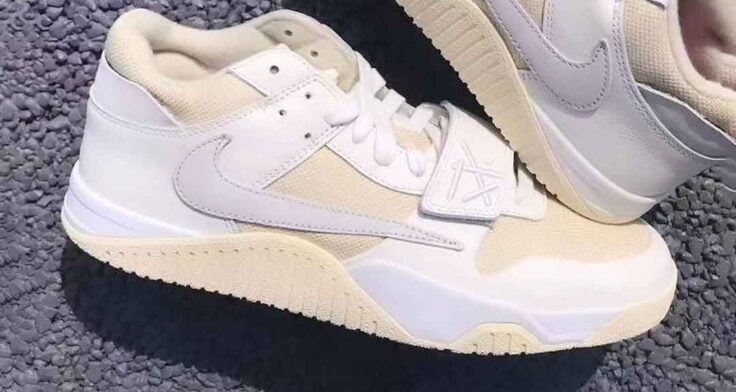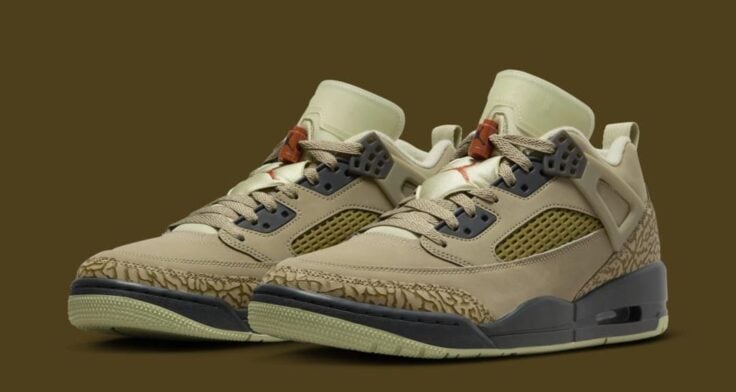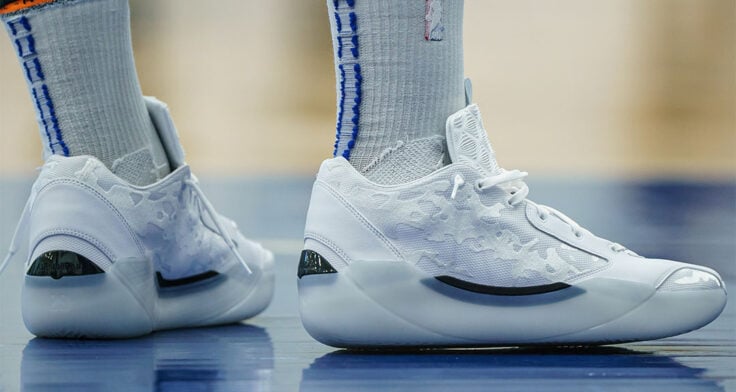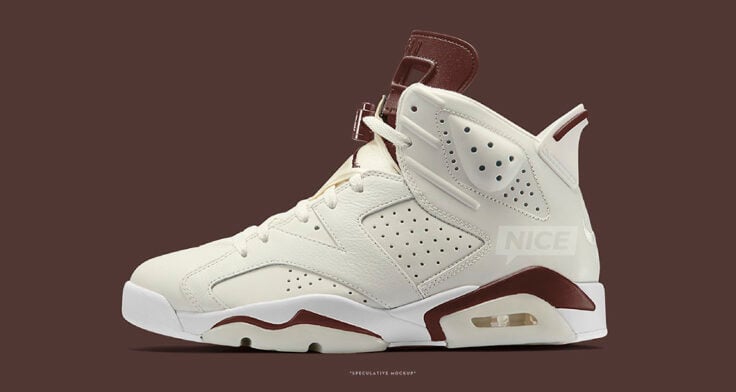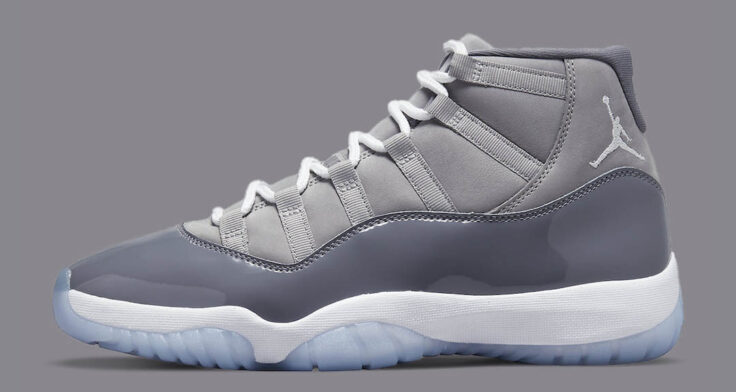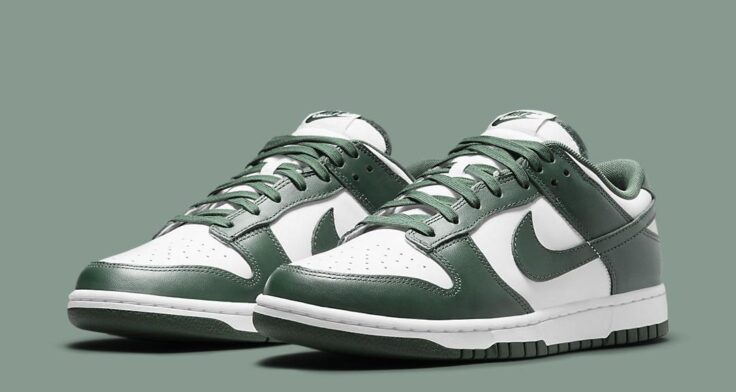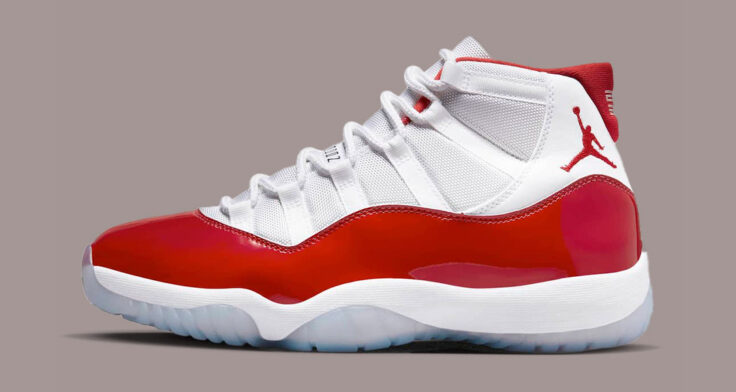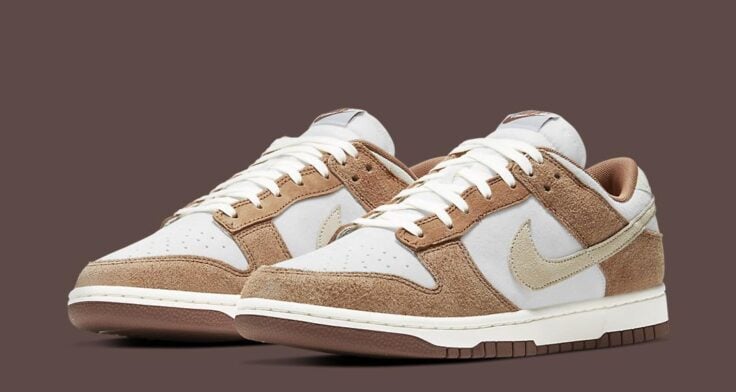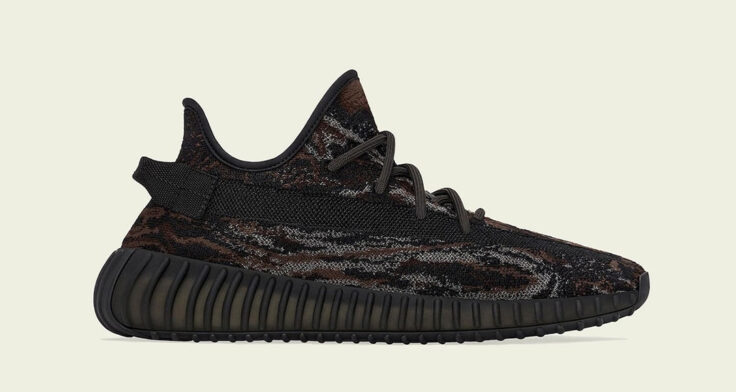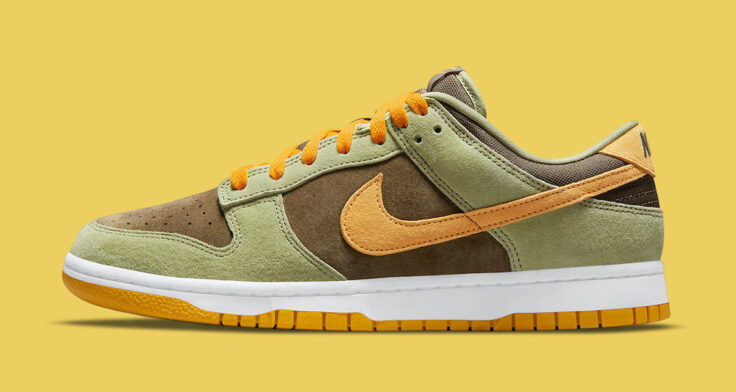Usually, when a performance-ready, team sneaker mimics a previously released signature model, we view it as a step down from its predecessor. However, in some instances, the latest version can be a better-constructed shoe and an update from the previous design. If you recall, we reviewed Dwyane Wade’s first Jordan Brand signature model, the Jordan Fly Wade, at the beginning of the summer. It tested very well especially in the cushioning and response time categories. Is the similarly styled Jordan Fly 23 just as good, if not better? Which characteristics did Jordan Brand keep/remove in the transition from the Jordan Fly Wade to the Jordan Fly 23? Find out these answers, plus more, in our Jordan Fly 23 Performance Review.
RELATED: Jordan Fly Wade Performance Review | Jordan Flight Forum Recap
Support: As stated in the intro, the Jordan Fly 23 and the Jordan Fly Wade look very similar in regards to the outer shell and other aesthetics; however, after examining them closely and playing in both, one can easily distinguish between the two. One of the glaring differences between the two is support. The Jordan Fly Wade did not necessarily rank low in this category, but if you recall, Jordan Brand labeled this shoe the lightest Jordan signature sneaker ever created (13 oz.). Therefore, a lot of excess materials were removed from this design seeing that the focus was lightweight capacity. The Jordan Fly 23, weighing in at 14 ounces, features more material, especially around the collar area, and that is where the support comes into play. The Fly 23’s padding on the inner side of the collar is much more thicker than that seen on the Jordan Fly Wade. Jordan Brand also incorporated a thicker tongue and more of a traditional, rounded collar shape for better ankle support and security, whereas the Fly Wade possesses a thin “sandwich mesh” tongue and an asymmetrical collar that is cut lower on the lateral side for the wearer to have better range of motion in the ankle area. While playing in the Fly Wade, my ankle was undoubtedly free to move in any motion without feeling constrained to the actual silhouette. Never did I feel prohibited or weighed down by the shoe when making quick cuts or flashes to the rim. On the contrary, maneuvering in the Fly 23 wasn’t as smooth and effortless, but one can definitely benefit from the reinforced padding that seemingly surrounds the entire ankle from the heel backing to the additional material on the tongue.? Both ankle support concepts work, but for a player looking for ultra ankle support and more of a secure fit, the Jordan Fly 23 is constructed safer.
Jordan Fly 23 vs Jordan Fly Wade – Tongue/CollarEdge: Jordan Fly 23
Breathability: Initially, one would infer that the Fly Wade ranks higher in the breathability category considering the unlimited ventilation holes throughout its construction (side panels and toe box). Yet, the Fly Wade actually grips your foot tighter than the Fly 23. The lockdown support on the Fly Wade is superb and is undoubtedly one of its best features, but because of that, there is little-to-no air circulation for the foot even with the perforation slits gaping through the outer shell. As for the Jordan Fly 23, it doesn’t grasp the foot as tight, and it owns a larger, mesh-textured tongue, allowing the foot a chance to be more flexible inside the shoe. The shape of the shoe also plays into the breathability factor for each model. The Fly Wade is a very narrow-shaped sneaker, so a player with slim feet might find the Fly Wade’s breathability a non-factor. A player with a wider foot might find breathability in the Fly Wade a hindrance because squeezing a wider foot in a narrow shaped sneaker can make for an extremely tight wear. Contrarily, the Fly 23 is more beneficial to all foot sizes and maintains a great, breathable fit.
Jordan Fly Wade vs Jordan Fly 23 – Side PanelEdge: Jordan Fly 23
Lockdown: The lockdown/breathability factor is one of the biggest tradeoffs between the Jordan Fly Wade and the Jordan Fly 23. That said, it really depends on your preference as a player and what on-court advantages you want your sneaker to enhance. We just mentioned how more breathable the Fly 23 is compared to the Fly Wade; however, the Fly Wade stands above the majority of performance-driven basketball sneakers on the market today including the Jordan Fly 23. The Jordan Fly Wade undeniably functions as one with foot thanks to the aforementioned narrow fit, slim tongue and the overall close-to-the-foot feel. You can confidently make quick moves and switch directions without losing seconds. If you think about it, this type of lockdown is catered to Dwyane Wade’s style of play seeing that he maneuvers around defenders consistently throughout a game. Your foot does not feel as locked down in the Fly 23 because of its wider base. No matter how tight I laced this shoe up, my foot did not feel as locked down in the Fly 23. This is not necessarily a bad characteristic of the Fly 23, but there are only a few sneakers on the current market that can compete with the Fly Wade’s lockdown.
Jordan Fly 23 vs Jordan Fly Wade – CollarEdge: Jordan Fly Wade
Traction: As seen in the previously mentioned categories, Jordan Brand applied a few glaring, performance-ready differences between the two models, specifically above the sole. Yet, Jordan Brand went with the same construction on the bottom of each silhouette and rightfully so. Consequently,? the next three categories we touch will obviously rank the same between both sneakers. Aesthetically, both shoes possess a nod to one of Jordan Brand’s beloved design features in the form of elephant print on the outsole; still, this traction pattern has a real function besides appeal. Multi-directional traction is becoming a staple on great performing sneakers these days and it should. Today’s players are definitely more flexible and versatile, which means the majority of them can play multiple positions and score from anywhere on the court in any way. The multi-directional traction pattern allows the player to switch directions at the drop of a dime without losing seconds. The vertical flex grooves are definitely useful if the wearer uses a lot of stop-and-start and hesitation fakes. One of the moves that comes to mind is Dwyane Wade’s eurostep.
Edge: Even
Cushioning: Jordan Brand incorporated a great level of cushioning in both the Jordan Fly Wade and the Jordan Fly 23. There is actually a noticeable, cushioned footbed between the wearer’s foot and the hardwood unlike other shoes on the market. The plush Phylon midsole, which uses Zoom Air in the forefoot and Max Air in the heel, is extremely inviting to land on, which is ideal for an athlete like Dwyane Wade who plays such a rugged style of basketball. Both shoes are very comfortable to play in and the visible Air in the heel makes for a satisfying ride for your feet.
Jordan Fly Wade vs Jordan Fly 23 – Heel Air Max UnitEdge: Even
Responsiveness: Not only is the cushioned, Phylon sole comfortable to play in, but also it is very springy and bouncy, which is a plus for the exceptionally athletic players out there. The footbed is anything but a hard, stern surface for the foot. It acts as a trampoline by allowing you to quickly get back up in the air after landing. Neither is exceptional in this category, but is good enough to provide an advantage in instances where you leave and return to the surface.
Jordan Fly Wade vs Jordan Fly 23 – Heel/SoleEdge: Even
Durability: Durability was one of the weaknesses we pointed out on the Jordan Fly Wade, and we feel the Fly 23 makes up for that in its construction. As we stated earlier, there is much more “shoe” in the Fly 23’s build. The aforementioned padding in the collar area, the bigger tongue and the overall wider base provides the Jordan Fly 23 with an abundance of support and an overall thicker surround system for the foot. The Jordan Fly 23 can pretty much take more of a beating than the Jordan Fly 23. In the Jordan Fly Wade performance review, we mentioned that it began to crease extremely bad in high-wear areas after weeks of play. Also, after repeatedly lacing the Jordan Fly Wade up, the area in between the top laceholders and tongue began to tear a little bit. On the other hand, the Fly 23 stayed intact after weeks of on-court wear. The Jordan Fly 23 wasn’t as quick in showing that it had been worn numerous times, and we directly connect that to the additional materials used.
Jordan Fly Wade vs Jordan Fly 23 Jordan Fly Wade vs Jordan Fly 23 – Toe BoxEdge: Jordan Fly 23
Jordan Fly 23 Performance Review ScorecardOverview: What we learned from this review/comparison is that both similarly styled sneaker are great; yet, it depends on what values you place higher in a performance-driven basketball sneaker. The Jordan Fly 23 is a sneaker that caters to the player looking for extreme ankle support and an overall durable, breathable basketball shoe. On the other hand, the Fly Wade would be ideal for the player that covets undeniable lockdown and a sleeker, quicker-playing model. Both are very cushioned, responsive and own a pretty good traction level, so you cannot lose in picking one or the other in regards to the three previously mentioned categories.
The Jordan Fly 23 is now available at Jordan Brand retailers for $125.
Click ‘Next’ to see additional comparison shots between the Jordan Fly 23 and the Jordan Fly Wade.
